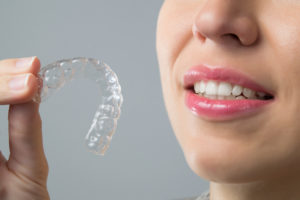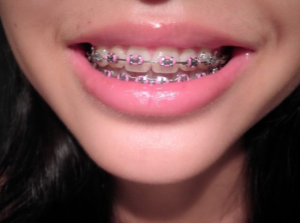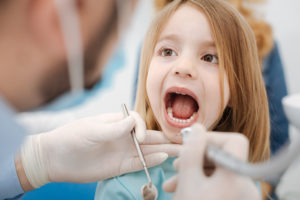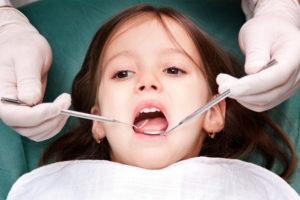Your Smile Is Very Important
There are few things that are going to be as important to your life, over the long term, as making sure that you have a good smile that you have taken care of. It’s important that not only do you do the work that you need to do at home to ensure that said smile will continue to be in good condition, but there is more to it than that. More about our Family Dentist here:
But first, consider; what are the things that you mostly use to judge people when you meet them? The appearance is pretty high up on that list, without a doubt, and if you want to pretend otherwise you are either an idiot, someone who is being dishonest with themselves (and seriously, why would you do that, you don’t have to be dishonest with yourself. You can tell the truth to yourself if you can’t tell it to anyone else), or someone who has never lived somewhere that wasn’t filled with people just like yourself. And a huge part, literally, one of the biggest parts that you are going to be basing the snap judgments that you make about people on, is the way that their face looks.
This is just natural for humanity. We read a lot into facial expressions, which we combine with other things like the tone that someone is taking, and the way that they are standing, and their body language in general, and we combine this all together in order to figure out what amount of threat an individual represents. This makes the smile and the teeth that makeup said smile, all the more important.
If your teeth aren’t as straight as they need to be, your dentist may recommend an orthodontist for you to visit. To begin with, this is a great way to get the smile that you desire, but getting a referral is also a good way to save a little bit of money and to make sure that, when you go to get your teeth treated and realigned, you won’t end up having to worry about someone doing a bad job. Trust me, referrals from professional medical personnel are far more trustworthy than those from, say, your local contractor. Here are just a few things that such a referral will give you access to.
The first thing that you are going to need to do is to get an exam in order to figure out what is going on with your teeth and what you can do in order to fix up said teeth. They will look around at your teeth, they will poke and prod your teeth, they will take dental x-rays, and they will basically do whatever they need to in order to identify both the issue at hand and the root issue as well. Likely, they will then suggest braces to correct orthodontic issues.
2. Standard Braces
The most common thing that they will use in order to fix up the smile is standard braces. They have been the most popular method around the world for fixing a crooked smile. They consist of a series of metal pieces, placed into the mouth, which will then be used to provide the tension needed to fix the smile and to make sure that your teeth will be as straight as you could ever hope for them to be.
Of course, popularity doesn’t automatically equate to something being a great product or the best one of its group. In fact, I would argue that invisible braces like Invisalign are a much more preferential way to fix the smile. The benefit of clear braces is that, unlike the other braces that you will be using, they are invisible, and this means that when put on the teeth, no one is going to know that you have an issue to begin with, and this is a huge improvement. Let’s face it, no one likes having braces in the mouth and having them be invisible is a huge step forward for technology.
So, if you’re looking for a great way to fix your smile, it’s about time that you consider what your local professional orthodontist can do for you. You’ll be glad that you did when you have a smile that you can show off to the whole world.
Read More »


